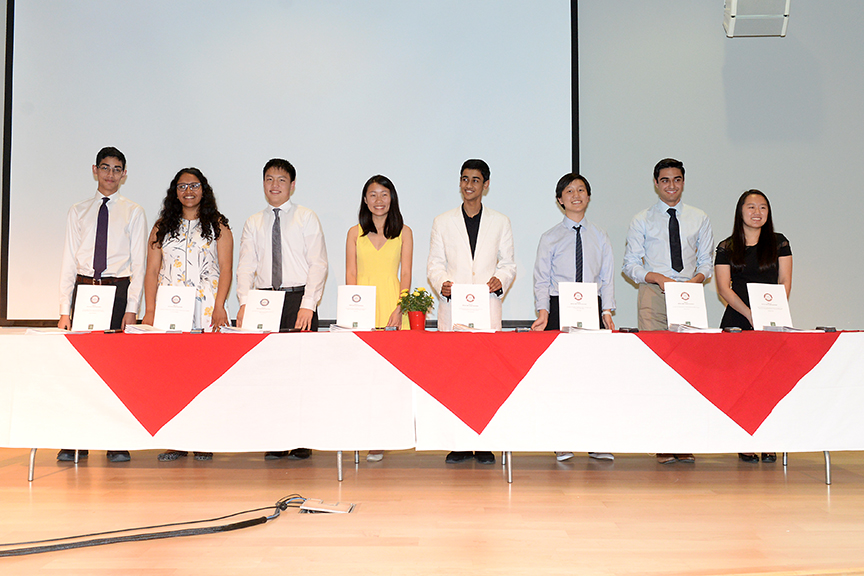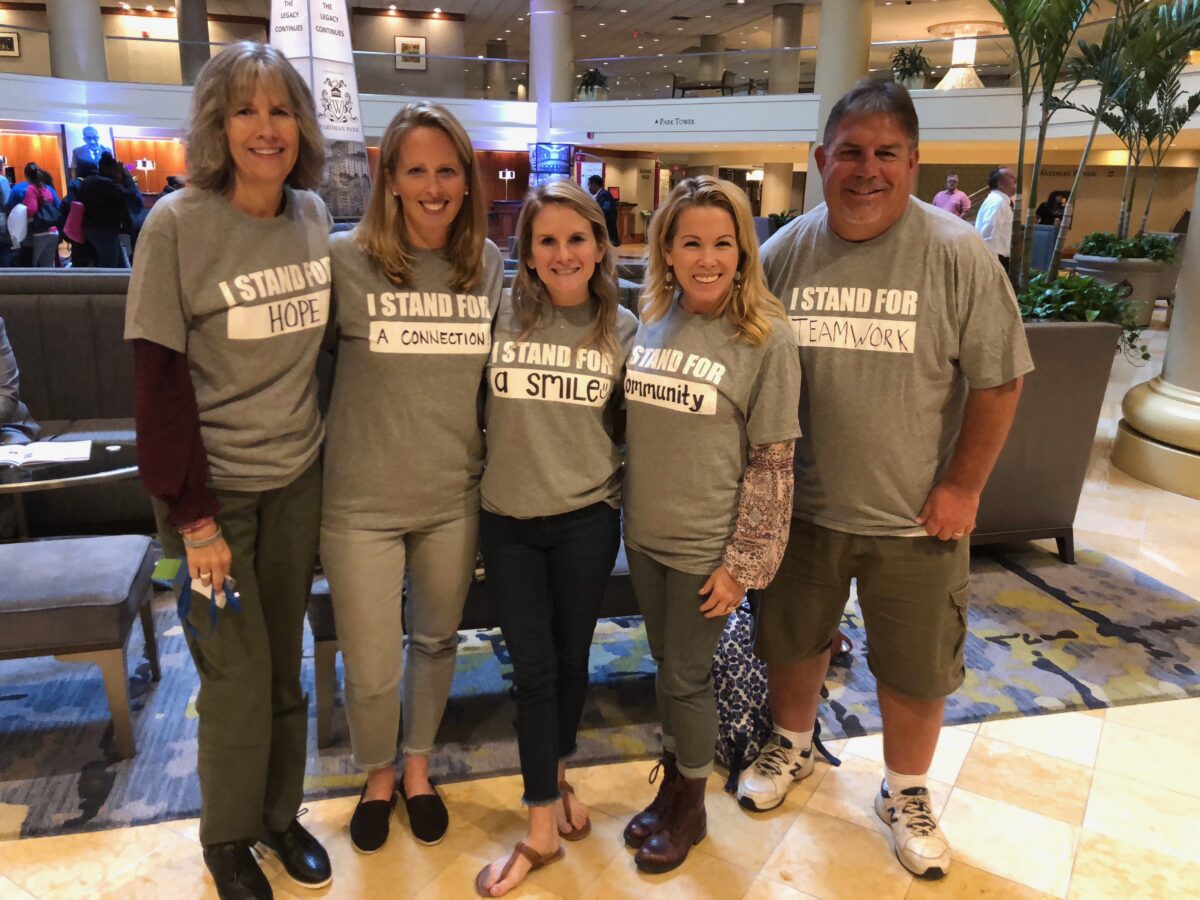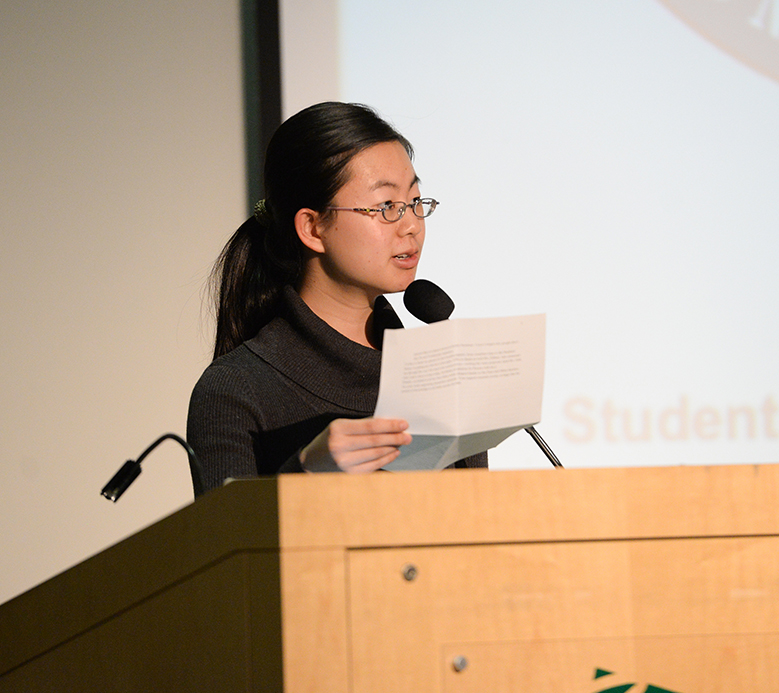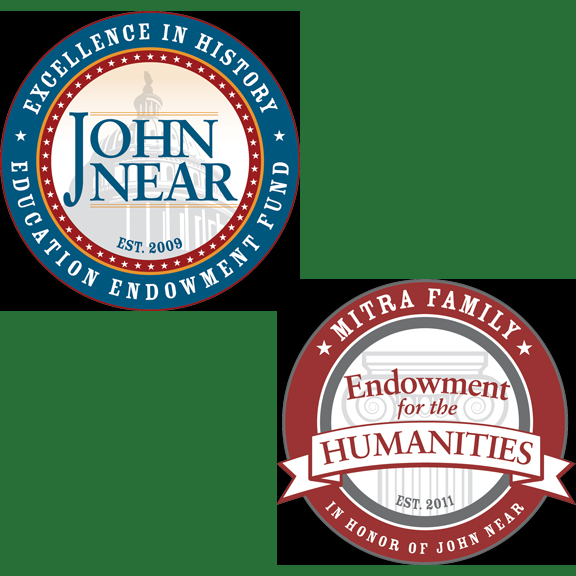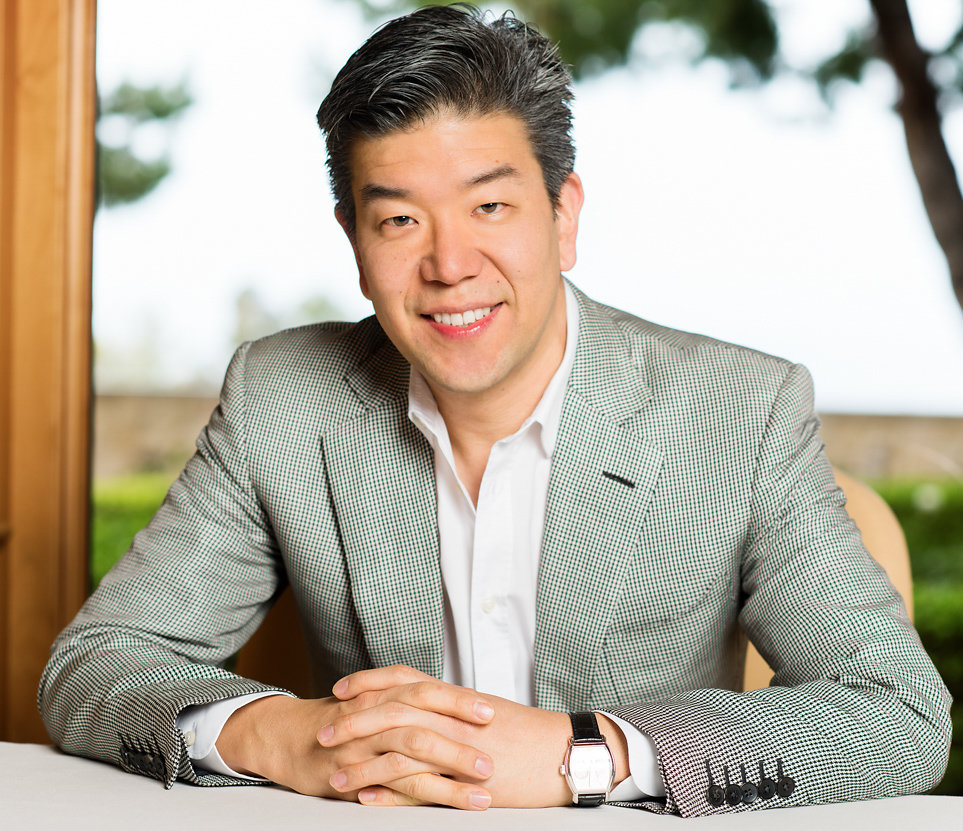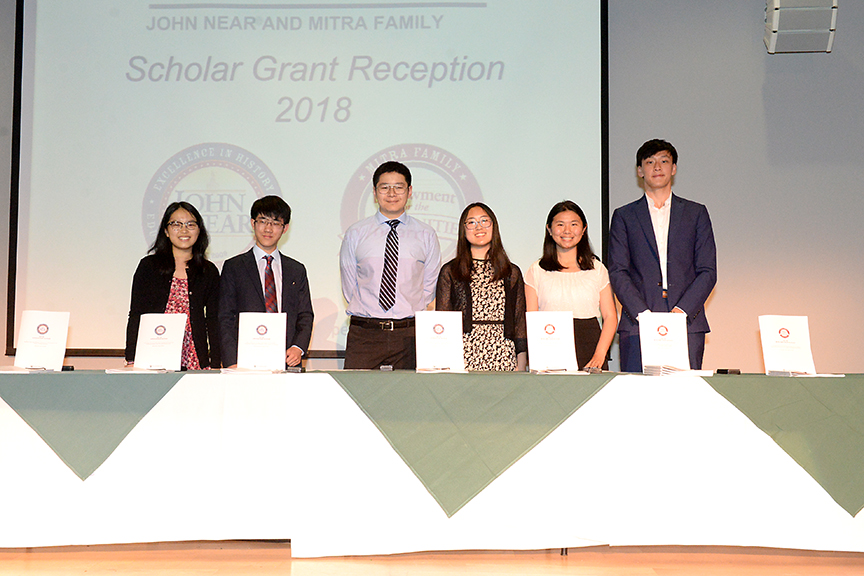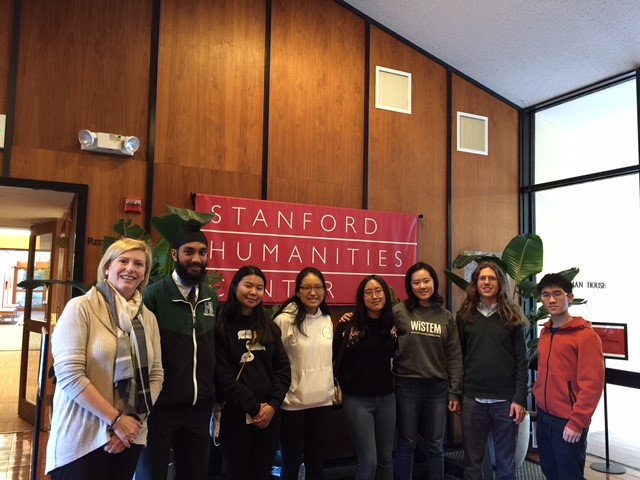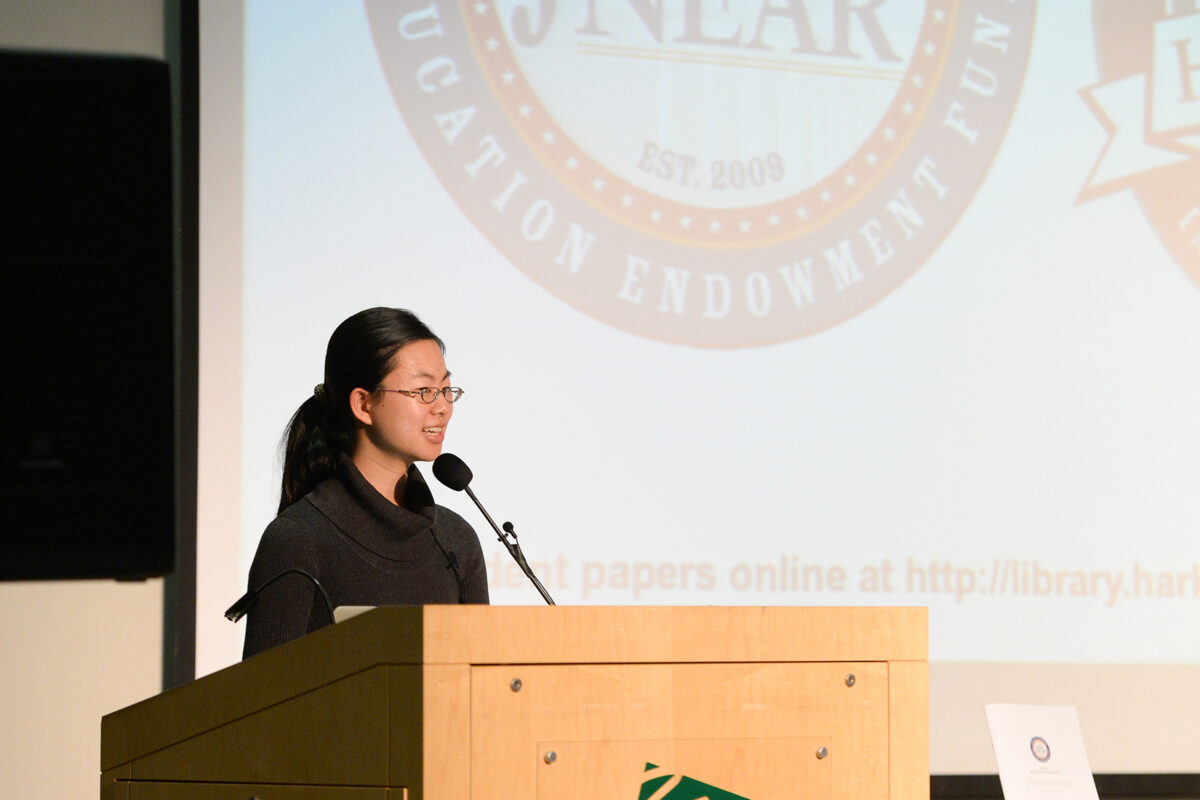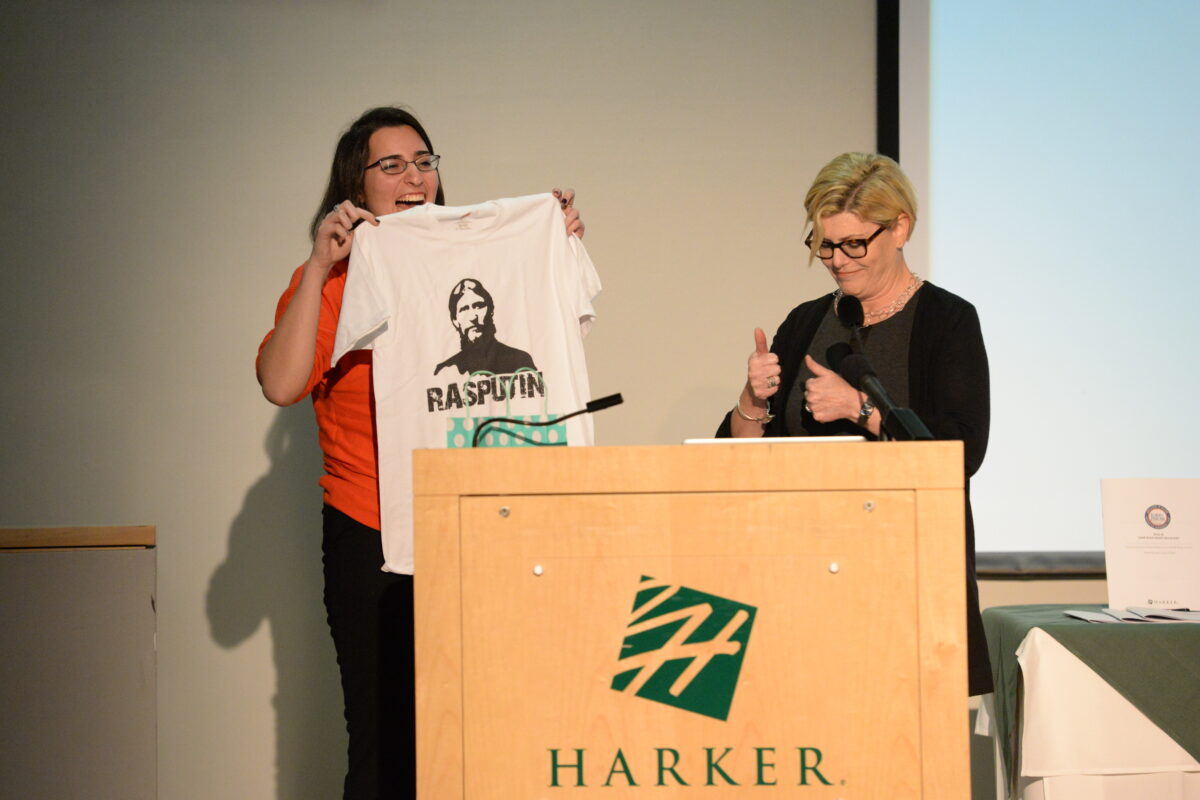This year’s John Near and Mitra Family endowment scholars were honored at a reception in the Nichols Hall auditorium, celebrating the completion of their intensive research and writing projects.
endowments
Vegesna Foundation grants help empower students, expand focus on character and core learning strengths and open up new literary worlds
Each year, a number of Harker teachers are awarded grants to further their teaching skills thanks to the Raju and Bala Vegesna Foundation’s Teacher Excellence Program at Harker and here is the summary of their efforts.
Alumna’s Mitra paper published in Stanford undergrad journal
Tiffany Zhu ’17, now at Stanford, had her Mitra Family Endowment for the Humanities paper, written while at Harker, published in the spring 2018 issue of the Stanford Undergraduate Research Journal.
Mitra and Near endowment awardees for humanities research papers announced
Harker is pleased to announce its 2018-19 endowment awardees; each student will receive a grant to help them in their yearlong effort producing a research paper on a humanities subject.
Alumnus Steven Liu MS ’85 passes; endowment in perpetuity established
Mitra and Near scholars present papers on Japanese history, the horrendous Tuskegee syphilis experiment, Chinese cinema and more
Each year, John Near and Mitra Family endowment scholars are honored at a special reception in Nichols Hall auditorium, where students and their teacher mentors come together for the formal presentation of papers.
